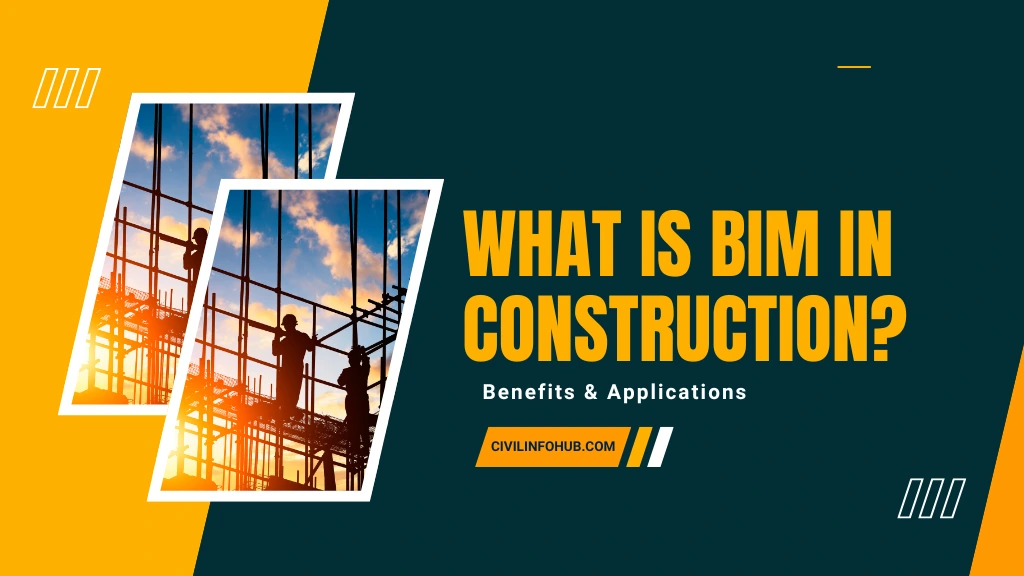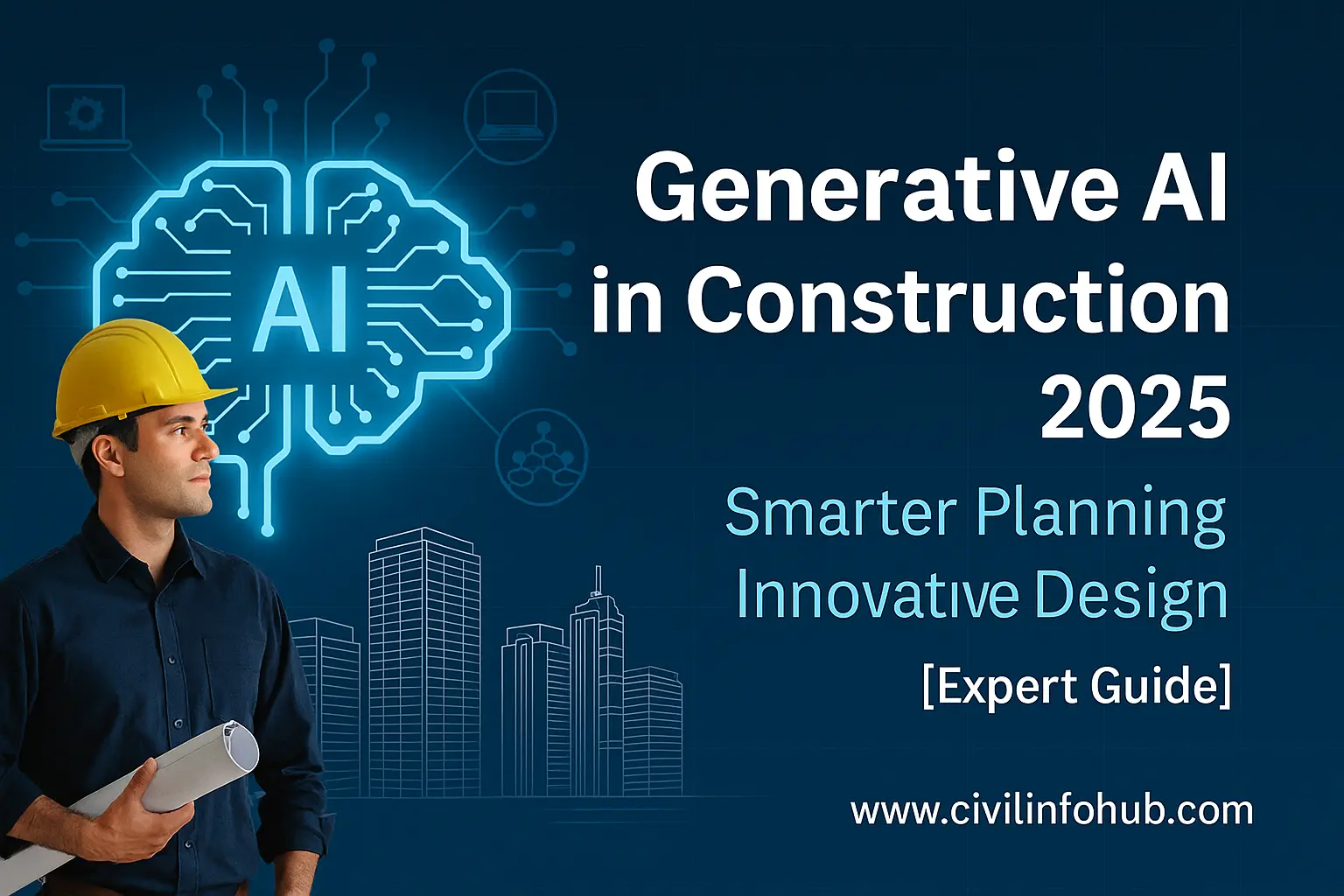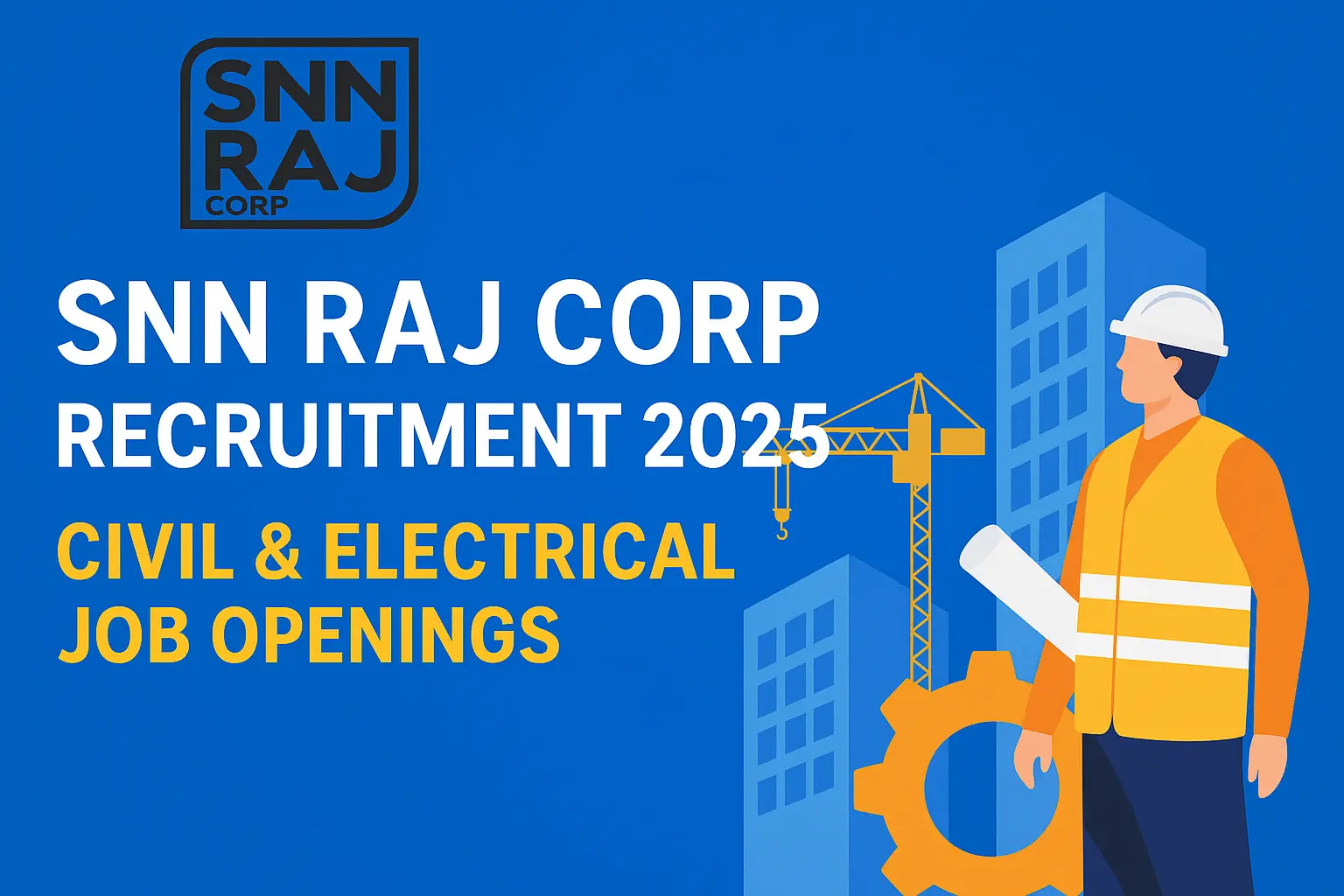The construction Industry has been subject to rapid change; technological advancements have defined how projects are run, designed, and managed. Building Information Modeling (BIM) is one such revolutionary innovation. This method has revolutionized construction and significantly enhanced efficiency and precision while collaborating among stakeholders.
In this blog, we’ll discuss what BIM is, how it functions and benefits us, and why it is helping to change the construction sector.
Understanding Building Information Modeling (BIM
Building Information Modeling (BIM)is a digital representation of a building’s physical and functional characteristics. It combines the whole process of planning, designing, and managing a construction project within a single collaborative and shareable 3D model environment.
Unlike 2D drafting of traditional, the BIM provides more information along with spatial relationships, geographic information, and quantities to form an intelligent model that evolves through the entire project life cycle.
Key Features of BIM
- Integrated Data Management: BIM brings all project information together in one location and an accessible place for stakeholders.
- 3D Visualization: This offers the design of a realistic 3D representation before construction has begun.
- Collaboration: Allows teams across the world to real-time communicate and collaborate.
- Lifecycle Approach: It tracks the project from design to demolition so that it’s a holistic view.
How Does BIM Work?
A virtual model of the building is created using special software tools termed specialized software tools for the BIM. Here’s how it typically works:
- Data Input: We have designers inputting in design details, engineers adding in structural components, and contractors including construction plans.
- Model Creation: All inputs are incorporated into a detailed 3D model by the software.
- Analysis and Simulation: Structural integrity, energy efficiency, and other factors are tested by teams running simulations.
- Collaboration: Teams can coordinate and make real-time updates as the model is shared in real-time.
- Execution and Maintenance: BIM data is used to effectively manage a construction project and for maintenance even after the project comes to an end.
Benefits of BIM in Construction
The introduction of BIM has significantly enhanced how construction projects are worked. Here are some notable advantages:
1. Enhanced Collaboration
With BIM, all of the stakeholders including architects, engineers, contractors, and clients work on the same platform. It decreases miscommunication and keeps people on the path of project goals.
2. Improved Efficiency
BIM identifies potential clashes and inconsistencies in the design phase thereby minimizing rework in construction, identifying potential issues and inconsistencies, and improve the quality of design which saves time.
3. Cost Optimization
BIM enables accurate costing by knowing materials, labor, and equipment needs. It makes it easier to create more accurate budgets and less unexpected spending.
4. Sustainability
Using BIM, teams can test how sustainable buildings will be in energy efficiency and resource usage.
5. Risk Mitigation
Early identification of possible risks helps keep projects on track and reduce risk.
Applications of BIM in Construction
- Architectural Design: It creates detailed and accurate building design.
- Structural Analysis: Its strength and stability are analyzed.
- Construction Planning: Helps to schedule and resource allocation.
- Facility Management: BIM data is used post-construction for building operations and maintenance.
- Infrastructure Projects: Used widely in large-scale projects like highways, bridges, and airports.
BIM vs. Traditional Construction Methods
1. Visualization
- Traditional: It is more difficult to interpret 2D drawings.
- BIM: Clear and real designs in 3D models.
2. Collaboration
- Traditional: Communication that is limited and siloed.
- BIM: Real-time updates and sharing.
3. Accuracy
- Traditional: Prone to manual errors.
- BIM: Integrated data with high precision.
4. Cost Estimation
- Traditional: Less reliable, less approximate.
- BIM: Budgets that are detailed and accurate.
5. Sustainability
- Traditional: Less emphasis on eco-friendliness.
- BIM: It champions the concept of energy-efficient, eco-friendly designs.
Conclusion: BIM is a means to construction’ improve efficiency, collaboration, and sustainability versus traditional construction.
Challenges in Implementing BIM
While BIM offers numerous benefits, it comes with certain challenges:
- High Initial Costs: It amounts to an investment that entails putting in place the BIM software and training employees.
- Complexity: Adoption of BIM is not as simple for smaller firms.
- Data Security: Digital sharing of sensitive project data can compromise security.
Future of BIM in Construction
As the construction industry grasps the new era of modern digital transformation, BIM adoption is set to see dramatic growth. As AI, IoT, and cloud computing lightning flickering progress, BIM will get stronger, making our construction processes smarter and more efficient.
Conclusion
Building Information Modeling (BIM) is more than just a 3D modeling tool; it’s a turning point for the construction industry. BIM brings together construction people with the goal to improve accuracy, speed up design and build time, and achieve better cost management. For all its difficulties, BIM’s benefits more than overcome its drawbacks and its use is essential to modern construction. In the evolving digital future of the industry, BIM will become a necessity for anyone who wishes to stay competitive and produce top-notch projects.
Read More: The Role of a Construction Manager: Key Responsibilities & Skills
FAQs What is BIM
1. What is BIM in construction?
Building Information Modeling (BIM) is a digital process that involves making and managing a 3D model of the construction project.
2. How important in construction is BIM?
With BIM, all of the data is integrated into a single platform, and efficiency, reduction in costs, improved collaboration, and accurate project execution are all achieved.
3. How can a project stakeholder benefit from BIM?
BIM offers everyone the ability to work in real-time, see the design, predict the costs accurately, and handle needed resources correctly, thus ensuring the successful completion of the project.
4. Which industries use BIM?
BIM is used mainly in construction, but also in infrastructure development, urban planning, and facility management.
5. What are the big problems when it comes to BIM?
Many challenges include high initial setup costs, training requirements, and some concern issues about data security.










